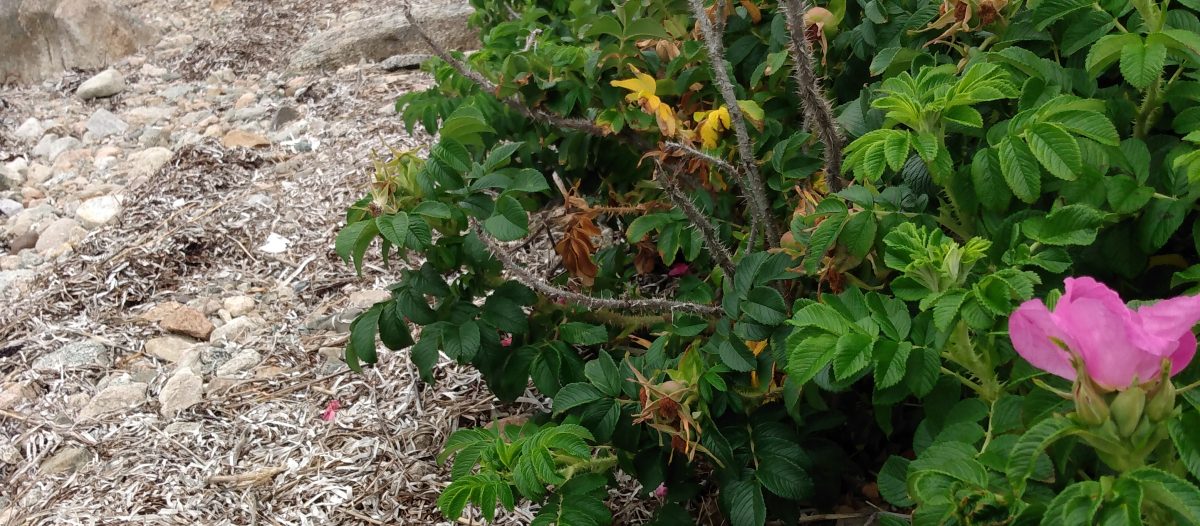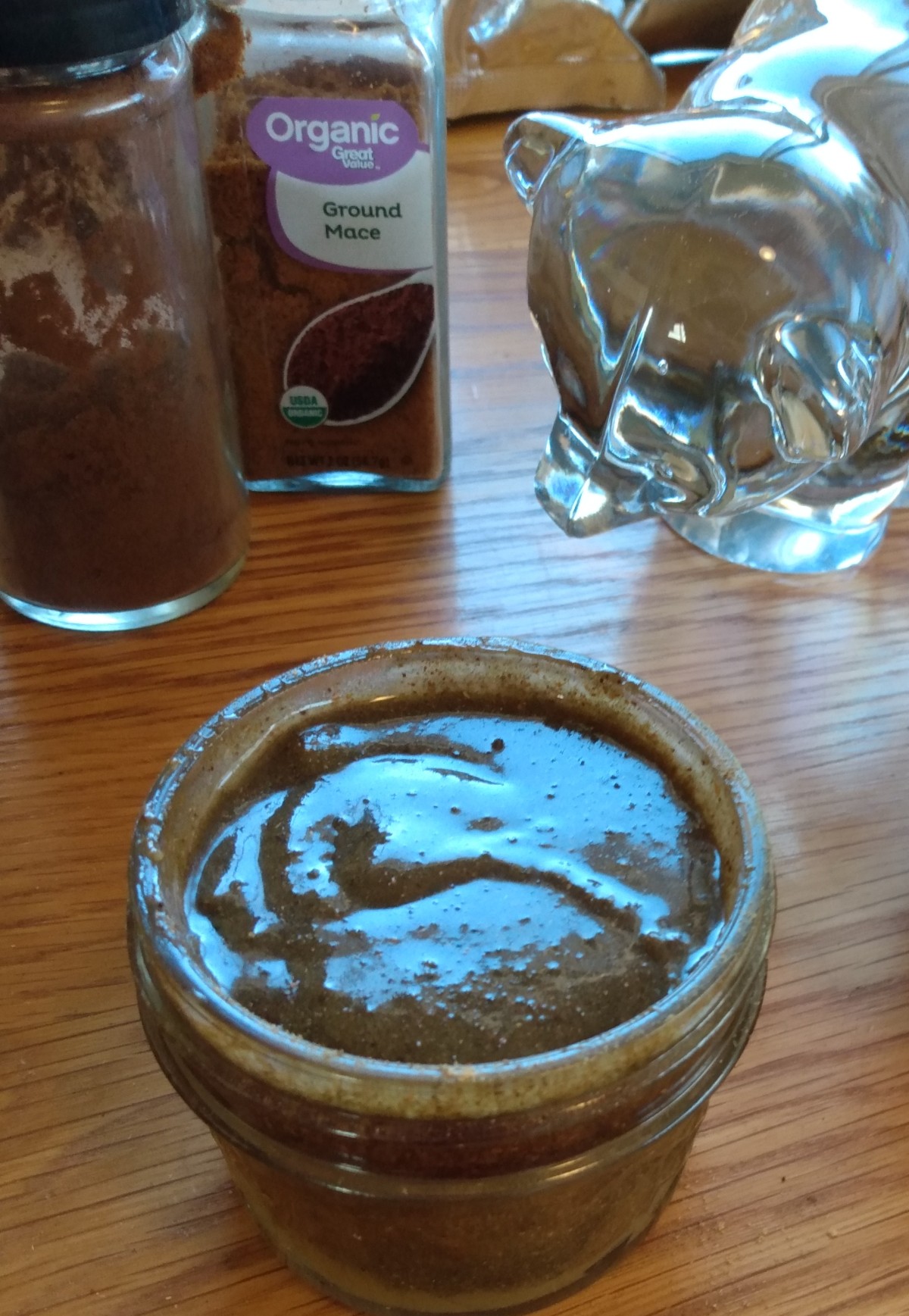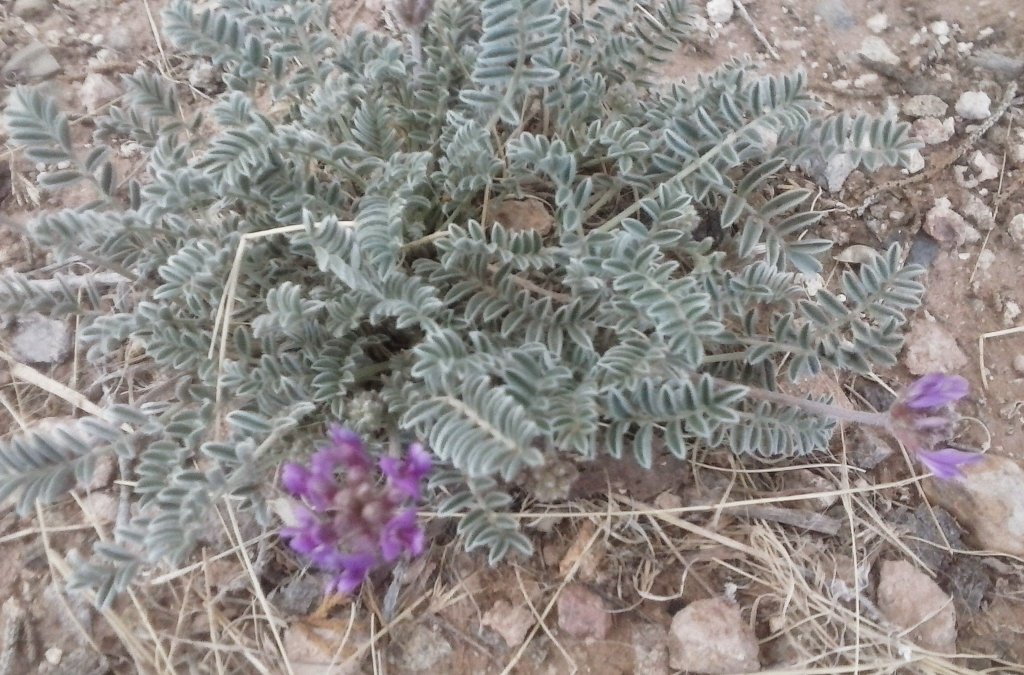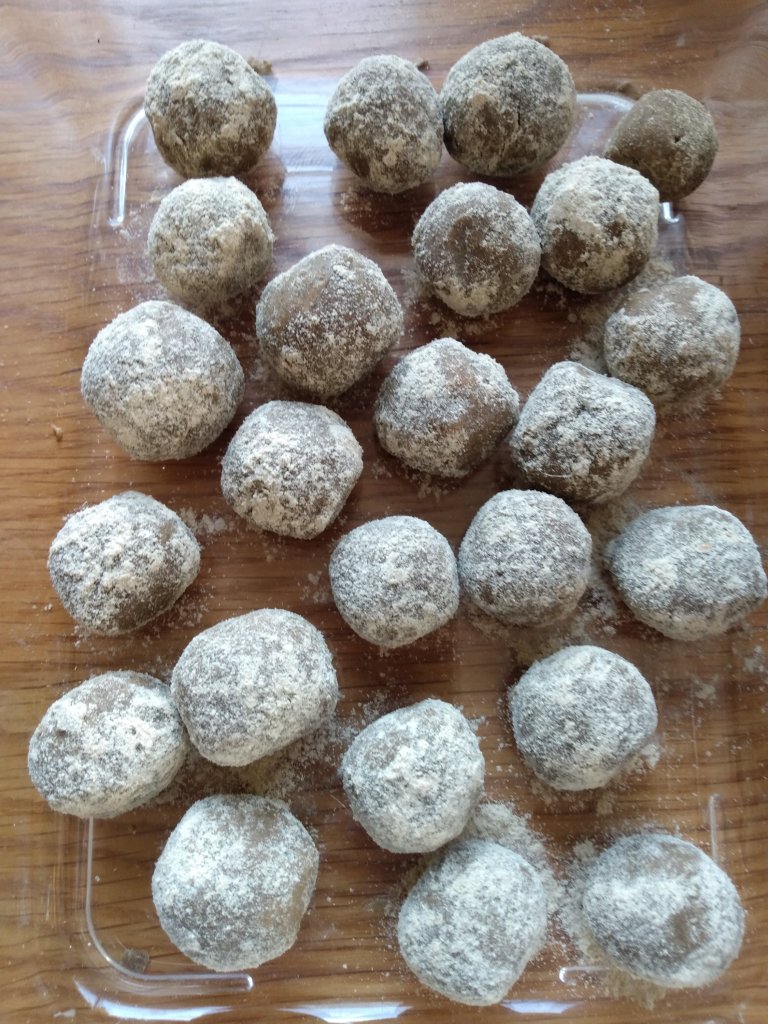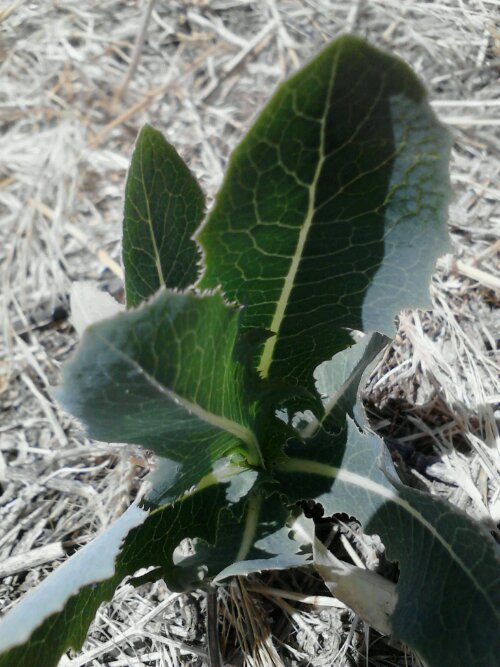
Yellow dock/Curly dock
with green leaves, new green seeds and rust/red colored mature seeds.
Rumex crispus
Plant Family:
Polygonaceae
Common names: Curly Dock, Yellow Dock, Yaller Dock, Sour Dock, Narrowleaf Dock, Curled Dock
Many species of Rumex exist.
Grows throughout U.S.
Originally from Europe and North Africa and West Asia. Has naturalized in many places of the world.
* * * * * * * * * * *…………………………………………………………………………………..
Caution: The word dock is a nickname for two Very Different Plants.
Here is my post about Burdock
The roots have much different effects.
Both have medicinal effects. Whereas burdock can be used as a vegetable and yellow dock/curly dock cannot be eaten in large quantities due to undesired/dangerous gastronomical effects!
*I am not an expert. A happy enthusiast for sure! Please seek expert advice when foraging foods!*
……………………………………………………………………………………………………………………
Back to Rumex crispus … Curly dock/Yellow dock
See USDA database:
http://plants.usda.gov/core/profile?symbol=RUCR
And throughout the world:
from source:
http://www.issg.org/database/species/ecology.asp?si=1652&lang=EN
Geographical range Native range: Africa; temperate and tropical Asia, India and Europe (USDA-ARS, 2010). Known introduced range: Continental Asia, Japan, North and South America, North and South Africa,Australia and New Zealand (USDA-ARS, 2010).
Additional Sources:
http://en.m.wikipedia.org/wiki/Rumex_crispus
http://www.pfaf.org/user/plant.aspx?LatinName=Rumex+crispus

rumex leaves early fall/late summer
field of red/rust seed heads:

Perennial Plant
Grows to 2 to 5 feet tall
Seeds are viable in soil for 80+/- years
Can produce 29,000 seeds per plant
Habitat: Sides of Roads, Ditches, Fields, Meadows, Gardens, Woodlands, Grassy areas, Agricultural areas, Pastures
Can grow in sandy, loamy or heavy clay soils
Edible Parts: Leaves, Seeds
***Toxic to horses, cattle, sheep and poultry***
*caution needed for animals
Medicinal parts: Roots and to varying degrees leaves and seeds
Look alikes:
Red Sorrel in the Buckwheat family.
I definitely want to look for and forage this lovely plant in the same family as Curly Dock!
Common Name: Sheeps Sorrel
*Is Edible
Has characteristic arrow head shaped leaves
See links below for more information:
http://www.oardc.ohio-state.edu/weedguide/singlerecord.asp?id=250
Image from above site.
Red Sorrel Leaf:

http://www.pfaf.org/user/Plant.aspx?LatinName=Rumex+acetosella
Leaves are important identifiers. In this case, Rumex crispus leaves have a curly wavy edge.

(Although Red Sorrel and Curly Dock are both edible…leaves are good distinguishers. Seeds are both shiny and brown. Getting sure with identification is essential and can save you from harm!)
With other Rumex species it may be better to distinguish between the fruit/seeds pattern of clumps of seeds too.
*Here is an informative site with leaf patterns of other docks:
A Dock a Day May keep the Doc Away – Harvesting Wild Docks
Try learning one plant at a time really well. This may mean you will be learning about a lot of other plants that way…by comparing and distinguishing.
This is how I got acquainted with Red Sorrel!
Here is a picture of the Rumex crispus/Curly Dock leaves with newly mature rust brown seeds in mid July Wyoming.

…………………………………………………………………………………………..
IDENTIFICATION:
See Plant Photos
Confirm with Field Guide/expert
-Grows from a basal set of leaves
-Leaves are smooth with a distinctive wavy and curly edge
-Lanceolate leaves are long and taper off
-It flowers June through October
southern hemisphere: (summer through mid fall)
-***Seeds ripen July through October.
Southern hemisphere: (Mid summer through mid fall)
-Seeds are rust colored, large long clusters of seeds.Triangulate and small. Become crimson rust colored when drying/dried out.
-Reproduces most by seed.
Foraging Tips:And Some Good Basics about Rumex crispus.
-Avoid areas near agricultural areas because of fertilizer and/or herbicide run-off.
-Avoid areas that look brown or dead compared to other green areas. This can indicate use of toxic herbicide
-Avoid areas with too much exhaust or pollutants
-*Mullein (see my post on Mullein) is a good soil indicator. When its long stalk is crooked or bent it often indicates soil pollution.
-Check on what Mullein looks like if it is nearby where you are foraging. Straight stalk is a good sign.
Still check for other signs of pollutants.
-When composting/discarding remnants consider volunteers that may grow
Toxic to horses, cattle, sheep, poultry and perhaps other animals.
-do not completely strip stalk it propagates mainly by seed unless you need to rid it of your land,
(might as well harvest.)
-*Also flowers and seeds/plant is habitat to many butterfly species and other wildlife.
-harvest spring leaves
-learn to identify leaves and fruit/seeds of plant you wish to harvest
-new leaves in spring often emerge at base of previous year’s stalks
-Be sure to harvest that year’s seeds.
Older stalks and seeds can stand for a year or more. May be moldy, too weathered, ridden with insects, etc.
-It is an oxalate food so consume in moderation
-New leaves have mucilaginous and slimy surface underneath leaf in spring. This can help with identification.
-The root is a yellow, large taproot which can fork off.
-Seeds are surrounded by calyx of flower and green when new and reddish brown when mature.
-Has many medicinal uses. Seek professional assistance with use.
-Please see medicinal use and cautionary notes at end of post:
…………………………………………………………………………………………………………………………………………………………………………………
Getting to Know You
After a number of months researching and asking questions to myself and others…I finally wild harvested some Curly Dock!
Here is a fun art query I made about curly dock. Reaching out to any friends on facebook who might know what this plant was that had me so intrigued. A friend of mine thought it might be sorghum. It is unclear to tell from the picture. But, Rumex crispus it is! 🙂

……………………………………………………………………………………………………………………………………………
STORY OF PLACE.
EACH PLACE HAS A STORY. AND THE STORIES ARE INNUMERABLE DEPENDING ON THE TELLER AND THE TOLD. HERE IS ONE STORY OF CURLY DOCK
AND WHERE IT FOUND ITS PLACE.
Finally, after a lot of researching I discovered the mystery plant was Curly Dock or Yellow Dock as it is also known. I had heard of Yellow Dock’s medicinal uses. Funny how powerful it can be to recognize a plant and then realize you knew of healing uses of the plant all along. But, what good would that use be when foraging wild foods/medicinal herbs if one could not properly identify it?
Well, my time finally came.

Rumex crispus…where to begin?
I have been fascinated with the rust-red seeds on dried stalks as we dash down the highway for quite a few months now, if not years!
Often by ditches, sides of roads or fields. Growing together wild. Often as if sown in a row.
The color of Rumex crispus changes. When the seed first emerges it is green.

Then it matures to a red-rust color.
***The following picture was taken in early spring and from a plant that already matured previously. Not suitable for foraging at this stage.
From previous year’s growth.
They are beautiful and easy to identify at this stage.

It gave me the frequent impression of being a grain.


Greener seeds earlier in the season



The idea of foraging a grain felt so satisfying. Like a precursor to the advent of domestic agriculture.
Foraging in favorite spots or telling areas that often yield curly dock.
Curly dock seeds

Save some for sowing along trails you frequent year to year. Make flour from the seeds. Grow some in your garden! Even eat raw when hiking along.
Rumex crispus a.k.a. Curly dock or Yellow dock is a perennial. A welcome friend to see. It is a rich food source and healing herb.
It is buckwheat! Wild buckwheat, in fact!
After a lot of research and hunches and taking photos of the curly dock I came across…it was when I was in Wyoming at Elk Mountain in the Medicine Bow Range where I first foraged the Curly dock.
Unfortunately, or maybe appropriately, my camera was acting up that day so I do not have pictures of the stone circle/tipi ring that was nearby the stand of Curly dock.
*Scratch that! Several weeks later, I got a second time through. The sun was bright and I had trouble seeing but I got some images of the stone circle tipi ring!
Here is the curve of the ring:

And, here is the stone circle tipi ring.

(More info on stone circles North America)
http://wyoshpo.state.wy.us/AAMonth/Poster.aspx?ID=8
It felt like a special place. Wyoming has spectacular views and a stone circle reminds me of people who lived thousands of years before. Waking up and living next to and admiring the same view of mountains that I was enjoying that one beautiful July day.
With Curly dock nearby…I wondered. I am not a botanist but, still… my imagination can be far reaching and without knowing for sure, my curiosity and imagination still wandered.
Curly dock is a perennial. It comes back year after year. Could I be harvesting from the same stands/offsprings of curly dock that grew all those thousands of years ago. I know this sounds hokey.
But, the simplest most plain of things can be the most profound. A perennial returns from the same source. Year after year. Perennial plants fascinate me and provide that link through time. Just as we are all connected to our ancestors from times past.
And stone circles and perennial plants reflect to us a continuance!
Annual plants are connected to predecessors over time as are perennials. It just seems more hit or miss. Or is it? Some annual plants have a quarter million seeds or more per plant like purslane does. So the purslane carries on just fine. Nevermind that the seeds can last decades! Time traveler! 🙂 Like plants we are all connected to our ancestors from times past.
At this stone circle site, did the people here also forage curly dock? It is likely because it has a longstanding history of use by original peoples of North America.
Also, I had a hunch that stone circles remain from dwellings not just in North America. Stone circles have also been found all over the world. Some being connected to portable dwellings, while others are significant as religious or ceremonial sites. Signifying respect. A stone left unturned could be the next story to come along.
(Here is some interesting information on the history of architecture and stone rings worldwide plus other use of stone:)
http://www.historyworld.net/wrldhis/plaintexthistories.asp?historyid=ab27
Here is info on annuals, perennials, biennials and frost tender perennials.
http://aggie-horticulture.tamu.edu/wildseed/growing/annual.html
………………………………………………………………………………………………………..
NUTRITION of Rumex crispus
a.k.a. Curly Dock/Yellow Dock
*Minerals: calcium, phosphorus, iron
*Vitamins: A, C, Thiamine, Riboflavin,
*Contains Protein
Additionally from this source:
Curly Dock
(Excellent site)
Among its nutritional components, John Kallas (2010) explains, “Curly dock leaves are high in beta-carotene, vitamin C, and zinc” and the seeds are “rich in calcium and fiber while low in protein and fat.”
FOOD USES of CURLY DOCK and HULLING SEEDS:
When to Harvest Curly Dock:
*Something I have observed is that Curly Dock is a perennial so its beautiful crimson/rust seed heads can last well into the next growing seasons.
They are usually missing leaves (identifiers) at this stage. In some regions this stalk could be a few years old. The stalk will look brown and dried out and hollow. The seeds can still be attached…but will not be as fresh and more prone to mold, insects, etc.
So look for stalks/seeds that have just matured in the summer to early fall.
The basal leaves are usually gone but you will notice leaves will still remain on stalk and if early enough in the mature season for harvesting seeds…leaves will still remain near the base.
The pictures I have posted of the rust colored seeds also still have live leaves visible. See pictures below:


The leaves are best young in the spring time.
They can be used in salads or boiled/prepared as a green.
Eat in moderation. The leaves and perhaps other parts of the plant are high in oxalic acid.
Boiling leaves in multiple changes of water may help to reduce oxalic acid.
*Oxalic acid is common in many foods such as: beets, swiss chard, broccoli, etc.
But,anyone with kidney problems/stones or urinary tract problems should be careful with eating oxalate foods.
Some sources such as livestrong.com mention that adding citrus to oxalate foods may decrease oxalic acid effects but it is not conclusive.
Eat in moderation or avoid oxalate foods if a health condition indicates so.
Seek medical advice if concern exists.
The seeds can be eaten raw, roasted, ground into a flour, hulled and ground into a flour, boiled and also prepared/eaten with outer husks. Just consider there will be extra fiber in your meal!
The seeds are small and may be difficult to hull.
Some people suggest dry roasting mature seeds in a pan and rubbing away the heat dried husk. Between your hands or with a rolling pin…and then blow or use a light fan or breeze to whisk the husk chaff away from the seed.
I found this post on a comment thread that looked like a helpful way to remove the husk from the seed.
TIPS ON HULLING SEEDS:
Post by: Mike Fitzugh, on Jun 26, 2013 17:08:41
Get some aluminum window screen from the hardware store. (Fiberglass screen is what most modern window screens are made of and I think it’s too flimsy for this project, but maybe you can get it to work). Staple TWO LAYERS of this screen very tightly across a rectangular wooden frame. You want the screen taught enough so that the two screen layers are lying right next to each other. Note the point of doubling the screen thickness is to make the gap or holes in the screen effectively smaller (when layered) so, make sure the holes in the two layers are offset from each other when stapling.
Place this frame over a pan, cookie sheet, the ground–or wherever you want to catch the chaff. Now take 1/4 cup of VERY DRY dock seeds and put them in the middle of the screen frame. Rub the seeds back and forth across the screen with your fingers. Very quickly the chaff will fall through the gaps in the screen leaving the seeds on top. Brush the seeds off the top of the frame into a dish or bag. Voila! Separated seeds!
You might need to experiment with the dock seeds from your particular part of the world (or the screen size from your particular hardware store). In my climate (mountain, high desert) the dock seeds are quite small and fall through the gaps in the screen along with the chaff unless I double-layer the screen. …But even in that case (a single layer screen), the seeds that fall through are easily recovered by winnowing as described by Jon above. The rubbing of the seeds on the screen turns the chaff into a very fine dust which is easily blown away.
………………………………………………………………………………………………….
Recipe ideas and Recipes!
DO YOU LIKE GALLETE?

http://en.m.wikipedia.org/wiki/Galette
🙂
Personally, I want to make Curly Dock flour and make Gallete. (I am looking to find a suribachi to use for grinding the dock seeds.) Gallete is a French crepe traditionally made with buckwheat.
And Curly Dock is wild buckwheat. I look forward to this culinary adventure. And, will keep you posted!

Here is an interesting recipe for
Curly dock/Yellow dock Seed Crackers.
Use a blender/spice mill or mortar and pestle/suribachi to grind seeds too!
(Store extra dry dock seed flour in a jar, and whole seeds in a paper bag.)
Mix together :
one cup of dock seed flour
one teaspoon of salt
and one cup flour of your choice. (My favorites are whole-wheat pastry flour and rye flour.)
Mix in enough water to make pliable, but not sticky dough.
On a well-floured surface, roll dough as thin as possible. Cut into desired shapes or transfer it whole to a well-oiled cookie sheet.
Bake for 10 -12 minutes at 375 O or until crisp.
From this great site:
http://www.natureskills.com/wild-foods/yellow-dock-recipe/
What about Curly Dock Pancakes? Folks from this site have a great recipe! Some of the recipe is measured out in grams. (Site for gram:ounce conversion below pancake recipe site)
http://www.celtnet.org.uk/recipes/miscellaneous/mobile.php?rid=misc-curly-dock-seed-flour-pancakes
http://www.chefdecuisine.com/chef/converscal.php
………………………………………………………………………………………………………………
Have You Ever Thought of Making Your Own Bitters for Club Soda or Alcoholic Drinks?
Check this out!
Yellow dock a.k.a. Curly dock is listed as well as other roots and herbs.
Bartenders and Enthusiasts alike are creating their own bitters.
Here is a recipe!
http://herbidea.com/begin-with-bitters/
……………………………………………………………………………………………………………………………………………………………………………………
MEDICINAL USES:
Source:
http://www.pfaf.org/user/plant.aspx?LatinName=Rumex+crispus
***(Please Consult a Health/Herbal Professional When Using Curly Dock medicinally.)
Alterative; Antiscorbutic; Astringent; Cancer; Cholagogue; Depurative; Homeopathy; Laxative; Poultice; Salve; Tonic.
Curly dock has a long history of domestic herbal use. It is a gentle and safe laxative, less powerful than rhubarb in its action so it is particularly useful in the treatment of mild constipation[254]. The plant has valuable cleansing properties and is useful for treating a wide range of skin problems[254]. All parts of the plant can be used, though the root is most active medicinally. The root is alterative, antiscorbutic, astringent, cholagogue, depurative, laxative and mildly tonic[4, 21, 46, 94, 165]. It used to be sold as a tonic and laxative[212]. It can cause or relieve diarrhoea according to the dose, harvest time and relative concentrations of tannin(astringent) and anthraquinones (laxative) that are present[222]. It is used internally in the treatment of constipation, diarrhoea, piles, bleeding of the lungs, various blood complaints and also chronic skin diseases[4, 238, 257]. Externally, the root can be mashed and used as a poultice and salve, or dried and used as a dusting powder, on sores, ulcers, wounds and various other skin problems[257]. The root has been used with positive effect to restrain the inroads made by cancer, being used as an alterative and tonic[4]. The root is harvested in early spring and dried for later use[4]. Some caution is advised in its use since excess doses can cause gastric disturbance, nausea and dermatitis[222, 238]. The seed is used in the treatment of diarrhoea[4, 218]. A homeopathic remedy is made from the fresh root, harvested in the autumn before frost has touched the plant[232]. It is only used in the treatment of a specific type of cough[232]. Other Uses Compost; Dye.
For Dyes:
Yellow, dark green to brown and dark grey dyes can be obtained from the roots. They do not need a mordant[168]. An alternative ingredient of ‘QR’ herbal compost activator[32]. (is it the flowers?) This is a dried and powdered mixture of several herbs that can be added to a compost heap in order to speed up bacterial activity and thus shorten the time needed to make the compost[K].
*Here is a comprehensive site about healing uses of Curly/Yellow Dock. Also information on when to harvest the root and what year plant to harvest roots from. (Harvest in fall…)
See following site for more info on medicinal uses of root and the plant.
http://www.indianmirror.com/ayurveda/yellow-dock.html
………………………………………………………………………………………………………
Thankyou for joining me on an exploration.
From stone circle tipi rings…near where I first harvested Curly Dock…a circular path like the perennial nature of Rumex crispus. Knowledge is best layered with experience and I am still learning. In this way knowledge is like a branch that reaches back and forth. Now between me and you and I am grateful!










